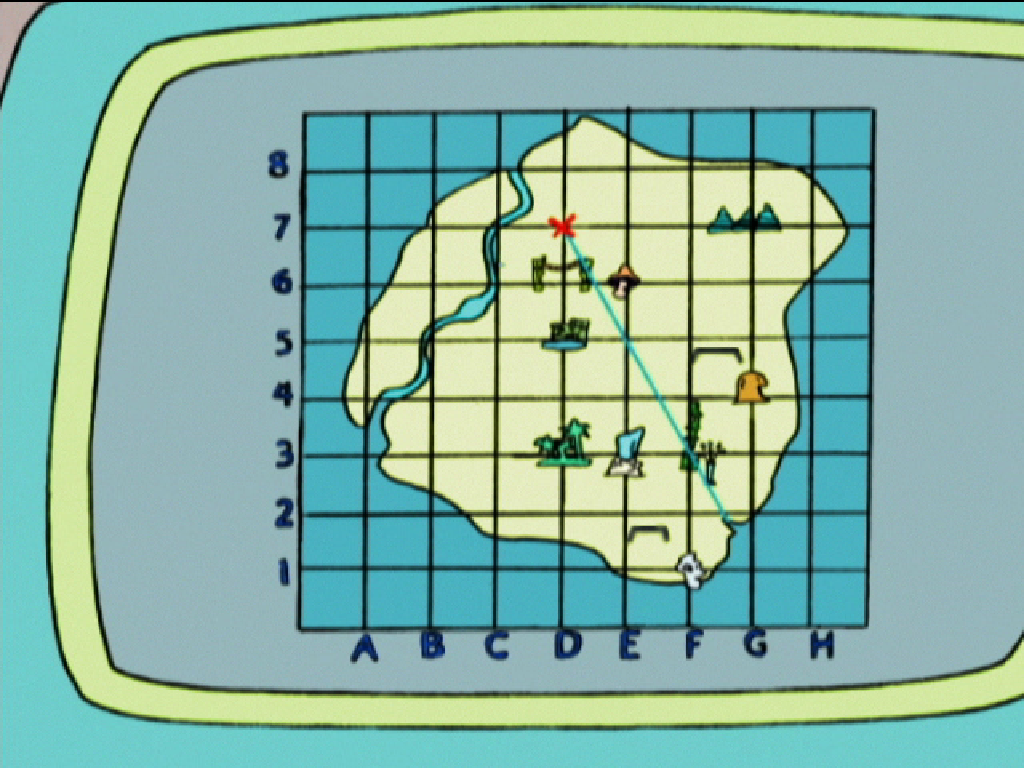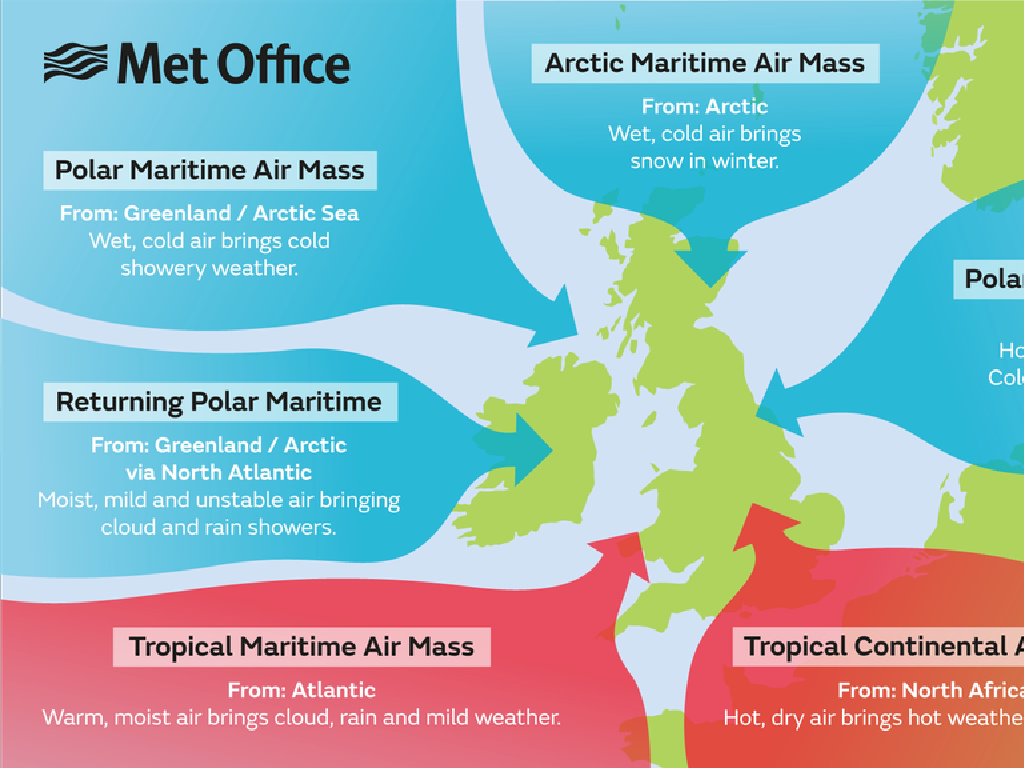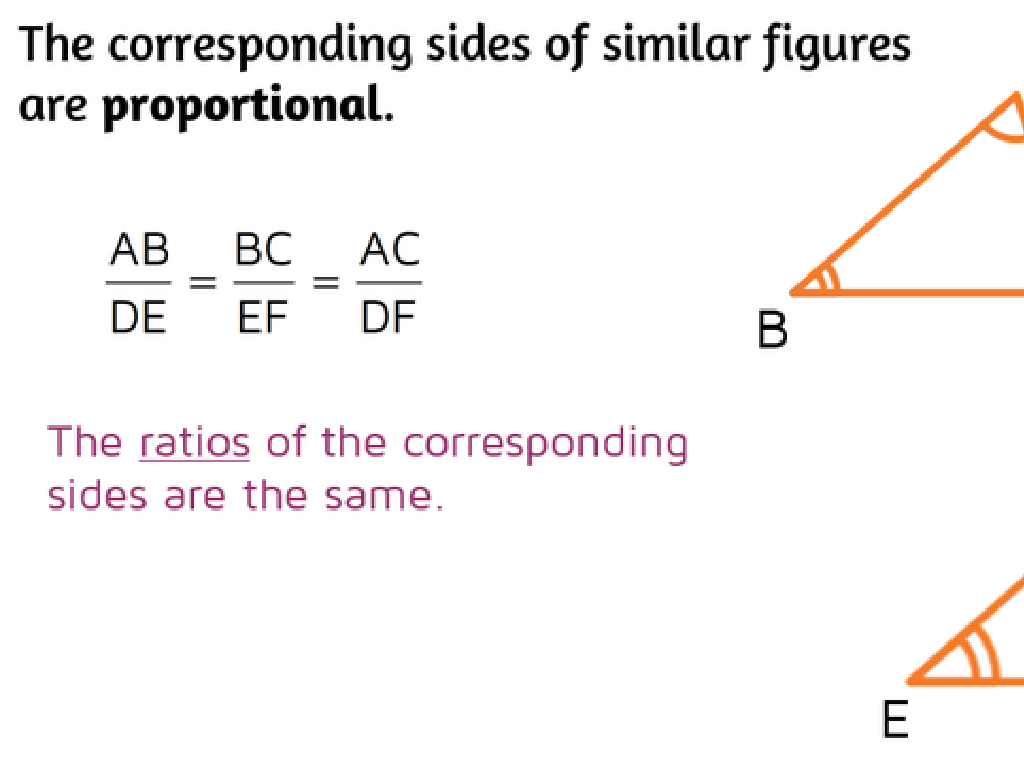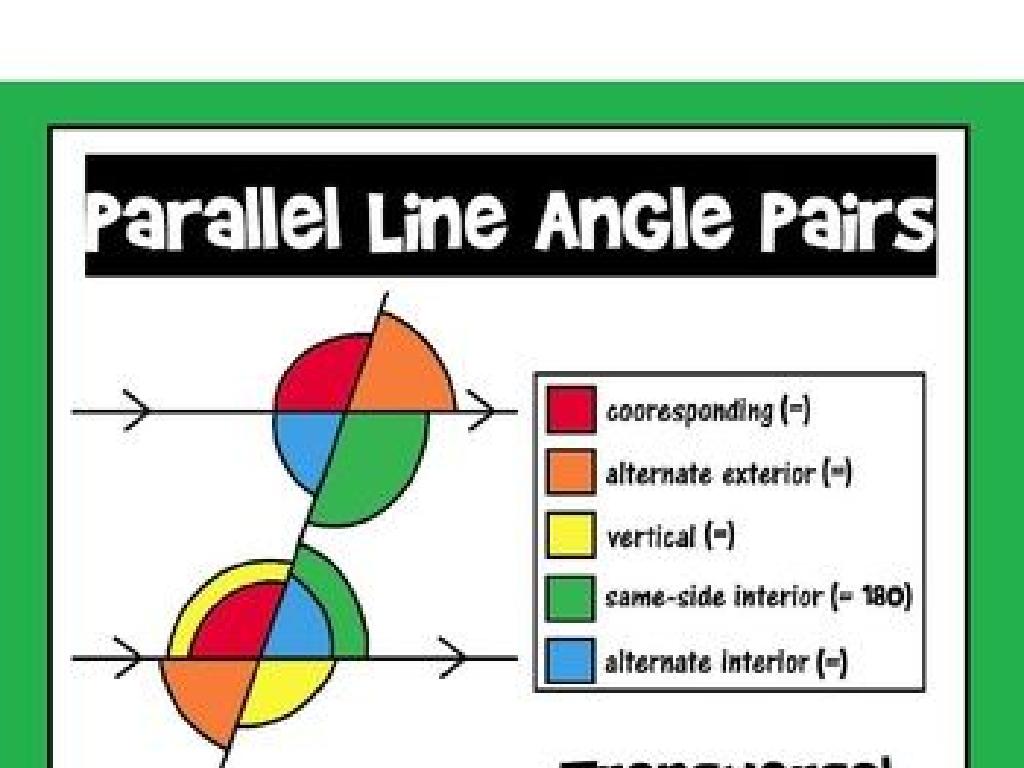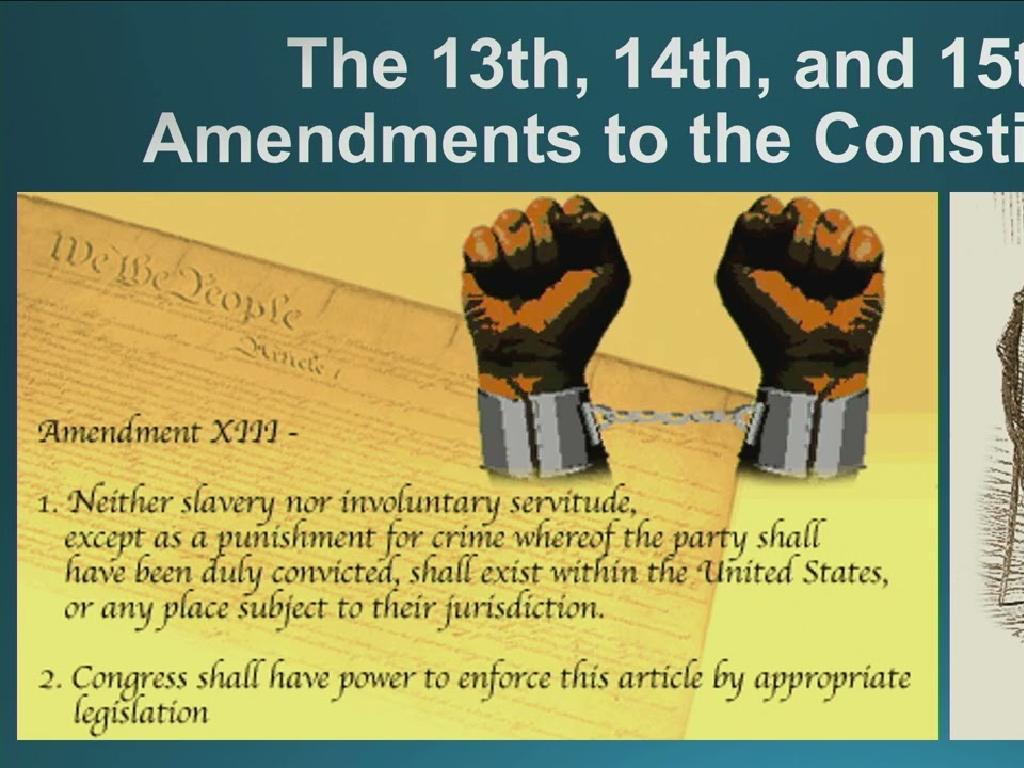Calculate Profit: Word Problems
Subject: Math
Grade: Fourth grade
Topic: Financial Literacy
Please LOG IN to download the presentation. Access is available to registered users only.
View More Content
Introduction to Financial Literacy: Calculating Profit
– Understanding the value of money
– What is Financial Literacy?
– Being smart with money and making good choices
– Profit: Revenue minus Costs
– If you sell lemonade for $10 and it cost $6 to make, profit is $4
– Practice with word problems
|
This slide introduces students to the concept of financial literacy, emphasizing the importance of understanding money and making informed financial decisions. Begin by discussing the role of money in everyday life and how it can be used responsibly. Explain financial literacy as the ability to manage and make good decisions about money, which is a vital life skill. Introduce the concept of profit by explaining it as the money you have left after you pay all the costs of making and selling a product or service. Use simple examples, such as a lemonade stand, to illustrate the concept. Encourage students to think of other examples and prepare them for solving word problems related to calculating profit.
Understanding Profit
– What is profit?
– Profit is the money you make when you sell something for more than it costs you.
– Profit calculation formula
– If you sell lemonade for $2 but it costs $1 to make, your profit is $1.
– Everyday examples of profit
– Selling crafts, a lemonade stand, or a bake sale can show profit.
– Practice with real-life scenarios
|
This slide introduces the concept of profit, a fundamental element of financial literacy. Profit is the difference between the selling price and the cost price of an item or service. It’s important for students to understand that profit is the money you have left after you sell something and pay back the costs of making or buying it. Use relatable examples like a lemonade stand or selling crafts to illustrate how profit works in everyday life. Encourage students to think of times when they or their family members have sold something and to consider the costs involved in making that sale. This will set the stage for solving word problems involving profit calculations.
Understanding Cost Price
– Define Cost Price
– The amount paid to create or buy a product.
– Determine item’s Cost Price
– Add up all expenses to find total cost.
– Cost Price’s role in Profit
– Subtract Cost Price from Selling Price to find Profit.
– Example: Lemonade Stand
– If lemons cost $3 and sugar $2, Cost Price is $5.
|
This slide introduces the concept of Cost Price, which is a fundamental element in understanding how to calculate profit. Cost Price is the total amount of money spent on producing or purchasing an item. To determine the Cost Price, students should learn to add up all the expenses involved in creating or buying a product. Understanding the role of Cost Price is crucial for calculating profit, which is the money earned after selling an item minus the Cost Price. Use a relatable example, such as running a lemonade stand, where students can easily calculate the Cost Price by adding the cost of lemons and sugar, and then determine the profit by subtracting this from their selling price. Encourage students to think of other examples and practice calculating Cost Price to reinforce the concept.
Understanding Selling Price
– What is Selling Price?
The amount a customer pays for an item.
– Calculating Selling Price
Determine price based on cost and desired profit.
– Selling vs Cost Price
Cost Price is what you pay; Selling Price is what the buyer pays.
– Practice with examples
Let’s solve problems to understand better.
|
This slide introduces the concept of Selling Price, which is a fundamental topic in financial literacy for fourth graders. Begin by defining Selling Price as the amount a customer pays for an item. Explain how to calculate it by adding the desired profit to the Cost Price, which is the amount paid to produce or buy the item. Highlight the difference between Selling Price and Cost Price to help students understand profit. Include examples of word problems where students calculate the Selling Price from given Cost Prices and desired profit margins. Encourage students to think of items they could sell, such as crafts or lemonade, and how they would price them to make a profit.
Calculating Profit: Practical Examples
– Example: Lemonade Stand Profit
– If you sell 30 cups for $1 each and spent $15 making them, what’s the profit?
– Example: Card Sales Profit
– Selling 20 cards at $2 each, with a cost of $10, how much is the profit?
– Discussing Profit Outcomes
– Understanding Profit Calculation
– Profit is total earnings minus the costs.
|
This slide aims to help students apply their understanding of profit calculation to real-world scenarios. Begin with the lemonade stand example, where students calculate profit by subtracting the cost of making lemonade from the total sales. Move on to the handmade cards example, applying the same principle. After reviewing both examples, discuss the results with the class to ensure comprehension. Emphasize that profit is the money you have left after paying all the costs of your business. Encourage students to think of other examples where they can calculate profit, and discuss how understanding profit helps in making good financial decisions.
Calculating Profit: Word Problems
– Read and understand the problem
– Identify cost and selling price
– Cost Price (CP) is what you pay; Selling Price (SP) is what you sell it for
– Use the profit formula
– Profit = SP – CP. If SP > CP, there’s a profit
– Practice with examples
– Let’s solve: Bought a toy for $10, sold for $15. Profit?
|
This slide is aimed at helping fourth-grade students understand how to calculate profit through word problems. Start by ensuring they comprehend the problem by reading it carefully. Next, guide them to identify the cost price (CP) and selling price (SP) within the problem. Explain the profit formula, Profit = SP – CP, and emphasize that profit occurs when the selling price is greater than the cost price. Provide several examples and encourage students to solve them. For instance, if a toy is bought for $10 and sold for $15, the profit is $15 – $10 = $5. Use similar examples to reinforce the concept and prepare them for practice problems.
Class Activity: Profit Calculation Game
– Divide into small groups
– Receive items with prices
– Each group gets a set with cost and selling price
– Calculate profit per item
– Profit = Selling price – Cost price
– Discuss group profits
– Compare profits and explore reasons
|
This activity is designed to help students understand the concept of profit in a practical and interactive way. Divide the class into small groups and provide each group with a set of items that have both a cost price and a selling price. Students will calculate the profit for each item by subtracting the cost price from the selling price. They will then add up the profits to find the total profit for their group. After the activity, lead a discussion to compare the profits of different groups and explore the strategies that led to the highest profit. This will help students grasp the factors that can affect profit, such as cost control and pricing strategies. Possible variations of the activity could include using different items, changing the prices to see how that affects profit, or introducing elements like discounts or bulk buying.
Wrapping Up: Profit Calculation
– Review of profit calculation
– Why profit knowledge matters
– Understanding profit helps with future financial decisions.
– Homework: 5 word problems
– Solve problems to reinforce today’s lesson.
– Practice makes perfect!
|
As we conclude today’s lesson on calculating profit, it’s important to recap the key points and emphasize the real-world application of this skill. Knowing how to calculate profit is essential for making informed financial decisions and understanding business basics. For homework, students are assigned five word problems that will help them practice the concepts learned today. These problems should cover a variety of scenarios to ensure a comprehensive understanding. Encourage students to approach each problem methodically, identifying costs, revenues, and ultimately calculating the profit. Remind them that practice is crucial in mastering math skills and that these exercises will help solidify their understanding of profit calculation.

